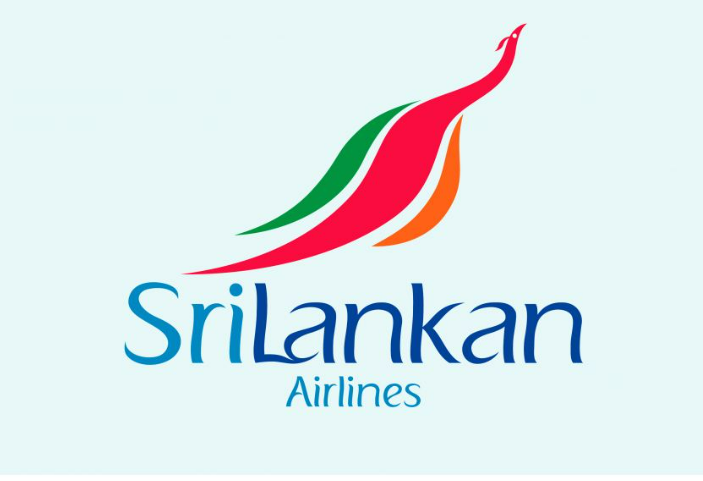
Roving Periscope: How Sri Lankan economy crashed?
Virendra Pandit
New Delhi: What a contrast?
While a Sri Lankan delegation heads next week to Washington to negotiate with the IMF and other lenders up to a USD 4 billion bailout, and the island nation’s market regulator ordered the Colombo Stock Exchange to halt work for five days from April 18, its loss-making national carrier on Thursday revealed plans to lease up to 21 aircraft, just two days after the government announced a default on its USD 51 billion foreign debt.
These incidents show how different departments of the Sri Lankan government may have slipped into disarray and that the nation’s bankruptcy was written all over the wall.
On Saturday, the media reported that Sri Lanka’s market regulator Securities and Exchange Commission directed the Colombo Stock Exchange to halt work next week to give investors time to digest the country’s economic conditions.
But despite its worst-ever economic crisis, which has forced millions of people on the streets to demand the resignation of the Rajapaksa Brothers’ government, the state-owned Sri Lankan Airlines unveiled plans to expand its fleet from 24 to 35 aircraft in the next three years and replace some of its aging jets. This is when the country’s all-important tourism sector collapsed after the pandemic in 2020.
The USD 81 billion economy faced USD 8.6 billion worth of debt obligations in 2022 before it suspended payments on foreign loans worth USD 51 billion to preserve cash to import essential food and fuel, the media reported.
At present, Sri Lanka has Asia’s fastest inflation rate of almost 19 percent, widespread power outages, and nearly USD 5 billion in dollar-denominated borrowings due this year and the next with just USD 2 billion left in the foreign-exchange kitty. On Tuesday, the government announced a default on all foreign debt.
Sri Lanka also slipped into bankruptcy because of its uncalled for tax cuts, wasteful investments, and huge loans taken by its myopic government, currently controlled in a vice-like grip by the ruling Rajapaksa family, whose two members are the President and Prime Minister, respectively, and third and fourth were key ministers until recently.
The immediate reasons for the economic crisis are: Covid-19 decimated dollar earnings from tourism and the resulting increase in social spending ballooned public debt. Then came the war in Ukraine, worsening shortages of food, fuel, and foreign currency since March.
But even before that, Sri Lanka was racing towards an economic meltdown.
The Rajapaksa government’s ill-conceived enthusiasm for organic farming destroyed the production of both rice, the local staple, and tea, a crucial export commodity.
Besides, the government, not learning any lesson from the Hambantota fiasco, where it had to handover the key port to China for 99 years after its failure to pay the debt, went ahead with another Chinese plan to develop an artificial Dubai-like city, which it claimed would be a tax haven and a ticket to growth.
It was a white elephant from the word go. They envisioned the Colombo Port City project as a playground for the rich to earn and keep dollars. They could also exempt companies located there from paying taxes and levies.
The 269-hectare patch of reclaimed land is supposed to position the commercial capital of Colombo as the most liveable city of South Asia, a tropical paradise version of the Dubai International Financial Centre, and twice as large. It was supposed to generate a sixth of Sri Lanka’s current economic output by 2041. Although the crafty Chinese invested their money in this white elephant, it produced little revenue for debt-ridden Sri Lanka.
Work on this wasteful expenditure started in 2014 when Gotabaya’s brother Mahinda, the current PM, was the President. They tried to exploit Sri Lanka’s strategic naval location to profit from playing China and India against each other. China Harbour Engineering Co. (CHEC), which oversaw the reclamation of land, got a 99-year lease on 116 hectares. The government’s own share of marketable land remained only 62 hectares.
When the Sri Lankan delegation meets the IMF next week, the lender might insist that businesses in the Colombo Port City’s Special Economic Zone must pay taxes. Even the tax-free United Arab Emirates is introducing a 9 percent levy on corporate profit from 2023 and Singapore is exploring a “top-up tax” on multinationals to align its policies with the Organization for Economic Cooperation and Development (OECD)’s global rules on base erosion and profit shifting.
Apart from the Hambantota port, leased to China Merchants Port by a previous administration to ease its debt burden, and an elevated Colombo highway project handed over to CHEC, the small nation of only 22 million people may have staked most of its strategic assets.
Once among the relatively prosperous countries of South Asia, today’s Sri Lanka has only itself, and the well-entrenched families ruling it alternately, to blame for the biggest economic crisis ever since it became independent from the British in 1948.













